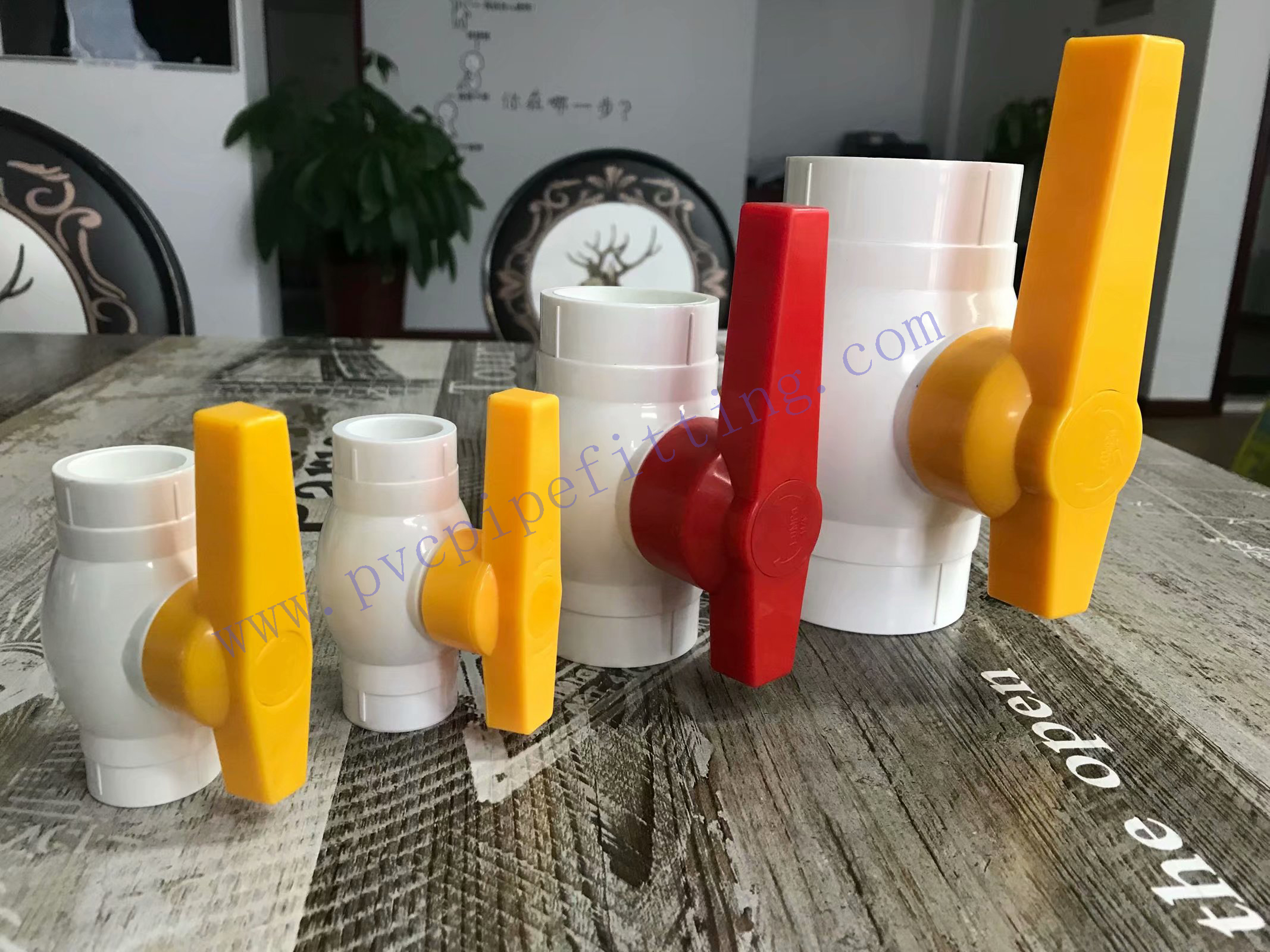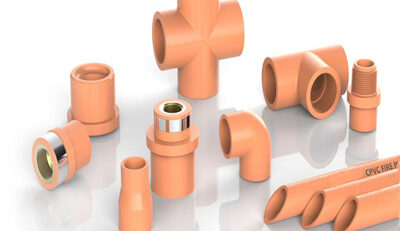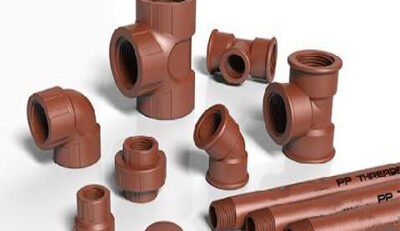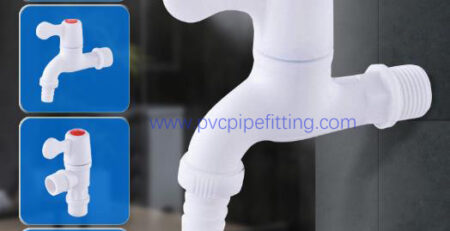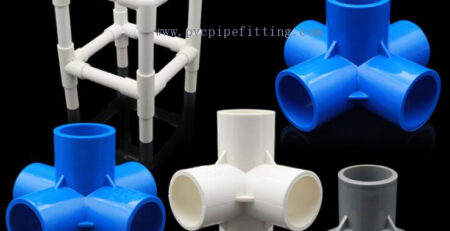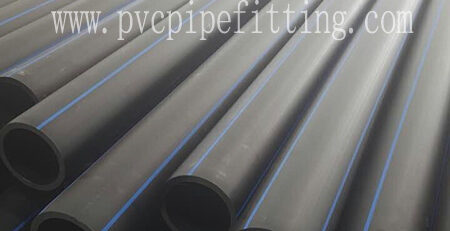What is a plastic ball valve
The plastic ball valve is suitable for the interception of the conveying process with corrosive medium, and the temperature is -14℃~100℃, -40℃~140℃ according to different materials. All parts are assembled by RPP or PVDF injection molded parts, and the plastic ball valve has excellent corrosion resistance. The sealing ring adopts F4. Excellent corrosion resistance and prolong service life. Flexible rotation and easy to use. Plastic ball valve The integral ball valve has few leakage points, high strength, and the connection type ball valve is easy to assemble and disassemble. Classification of plastic ball valves: flanged plastic ball valves, threaded plastic ball valves, socket plastic ball valves, double-Yoring plastic ball valves.
Plastic ball valves have lightweight and strong corrosion resistance and are used in many fields, such as general pure water and raw drinking water piping systems, drainage and sewage piping systems, saltwater and seawater piping systems, acid-base and chemical solution systems, etc. In many industries, quality has been recognized by the majority of users.
The plastic ball valve is mainly used to cut off or connect the medium in the pipeline. It can also be used for fluid adjustment and control. Compared with other valves, it has the following advantages. 1. The fluid resistance is small, and the ball valve is the smallest fluid resistance of all valves. Even with the reduced diameter ball valve, its fluid resistance is quite small. The UPVC ball valve is a new material ball valve product developed in recent years according to the needs of various corrosive pipeline fluids. Product advantages: lightweight, strong corrosion-resistance, compact and beautiful appearance, lightweight and easy installation of the body, strong corrosion resistance, wide application range, hygienic and non-toxic materials, wear resistance, easy disassembly, simple maintenance. In addition to UPVC ball valve, plastic ball valves also include RPP ball valves, PVDF ball valves, PPH ball valves, CPVC ball valves, and PPR ball valves.
The plastic ball valve has the characteristics of simple structure, small size, lightweight, low material consumption, small installation size, rapid switching, 90° reciprocating rotation, and small driving torque. It is used to cut off, connect and adjust the medium in the pipeline. Good fluid control characteristics and closing and sealing performance.
The plastic ball valve can transport mud, and the liquid accumulation in the pipe mouth is the least. Under low pressure, good sealing can be achieved. Good adjustment performance. The streamlined design of the plastic ball valve makes the fluid resistance loss small, which can be described as an energy-saving product.
Structural features
The valve stem is a through-rod structure, after quenching and tempering, it has good comprehensive mechanical properties, corrosion resistance, and scratch resistance. When the ball valve is opened and closed, the valve stem only rotates and does not move up and down, the packing of the valve stem is not easy to be damaged, and the sealing is reliable. It is fixed with the butterfly plate cone pin, and the extended end is designed to prevent the valve from breaking out, so as to prevent the valve stem from collapsing when the connection between the valve stem and the butterfly plate is accidentally broken. The connection methods include flange connection, butt connection, butt welding connection, and lug butt connection. The driving forms include manual, worm gear transmission, electric, pneumatic, hydraulic, electro-hydraulic linkage, and other actuators, which can realize remote control and automatic operation. The disadvantages of ball valves are as follows:
1. The working pressure and working temperature range are small.
2. Poor airtightness.
Working principle
The relationship between the opening of the plastic ball valve and the flow rate basically changes linearly. If it is used to control flow, its flow characteristics are also closely related to the flow resistance of the piping. For example, two pipelines are installed with the same valve diameter and form, but the pipeline loss coefficient is different, and the flow rate of the valve will also be very different.
If the valve is in a state with a large throttle range, the back of the valve plate is prone to cavitation, which may damage the valve. Generally, it is used outside 15°.
When the plastic ball valve is in the middle opening, the shape of the opening formed by the valve body and the front end of the butterfly plate is centered on the valve shaft, and the two sides are formed to completely different states. The front end of the butterfly plate on one side moves in the direction of the flow of water, and the other side is counter to the direction of the flow. Therefore, one side of the valve body and the valve plate form a nozzle-like opening, and the other side is similar to a throttle opening. The nozzle side has a much faster flow rate than the throttle side, and negative pressure will be generated under the throttle side valve. Rubber seals often fall off.
Plastic ball valves and butterfly rods have no self-locking capability. For the positioning of the butterfly plate, a worm gear reducer must be installed on the valve rod. The use of a worm gear reducer can not only make the butterfly plate self-locking and stop the butterfly plate at any position but also improve the operating performance of the valve.
The operating torque of the plastic ball valve has different values due to the opening degree and the valve opening and closing direction. The horizontal ball valve, especially the large diameter valve, due to the depth of water, the torque produced by the difference between the upper and lower water heads of the valve shaft cannot be ignored. In addition, when an elbow is installed on the inlet side of the valve, a bias flow is formed and the torque will increase. When the valve is in the middle opening, the operating mechanism needs to be self-locking due to the action of the water flow torque.
The plastic ball valve has a simple structure, consisting of only a few parts, and saves material consumption; small size, lightweight, small installation size, small driving torque, simple and rapid operation, only need to rotate 90 ° to quickly open and close; and At the same time, it has good flow regulation function and closing and sealing characteristics. In the application field of large and medium caliber, medium and low pressure, the plastic ball valve is the dominant valve form. When the ball valve is in the fully open position, the thickness of the butterfly plate is the resistance when the medium flows through the valve body, so the pressure drop generated by the valve is small, so it has better flow control characteristics. The ball valve has two sealing types: elastic seal and metal seal. Elastic sealing valve, the sealing ring can be inlaid on the valve body or attached to the periphery of the butterfly plate.
Valves with metal seals generally have a longer life than valves with elastic seals, but it is difficult to achieve a complete seal. The metal seal can adapt to higher working temperature, while the elastic seal has the defect of being limited by temperature. If the ball valve is required to be used as alow control, the main thing is to correctly select the size and type of the valve. The structural principle of the ball valve is particularly suitable for making large-caliber valves. Ball valves are not only widely used in general industries such as petroleum, gas, chemical, water treatment, etc., but also used in cooling water systems of thermal power stations.
Commonly used ball valves include wafer butterfly valves and flange butterfly valves. Wafer-type ball valves are connected between two pipe flanges with stud bolts. Flange-type ball valves are equipped with flanges on the valve. The flanges on both ends of the valve are connected to the pipe flanges with bolts. The strong performance of the valve refers to the ability of the valve to withstand the pressure of the medium. The valve is a mechanical product that bears internal pressure, so it must have sufficient strength and rigidity to ensure long-term use without cracking or deformation.
With the application of anti-corrosion synthetic rubber and polytetrafluoroethylene, the performance of the ball valve can be improved and meet different working conditions. In the past ten years, metal-sealed ball valves have developed rapidly. With the application of high temperature, low temperature, strong corrosion-resistance, strong erosion resistance, and high-strength alloy materials in butterfly valves, metal sealed ball valves have become It has been widely used under other working conditions and partially replaced the globe valve, gate valve, and ball valve.
Our professional plastic ball valve manufacturer, if you need to buy plastic ball valve, please contact me.

